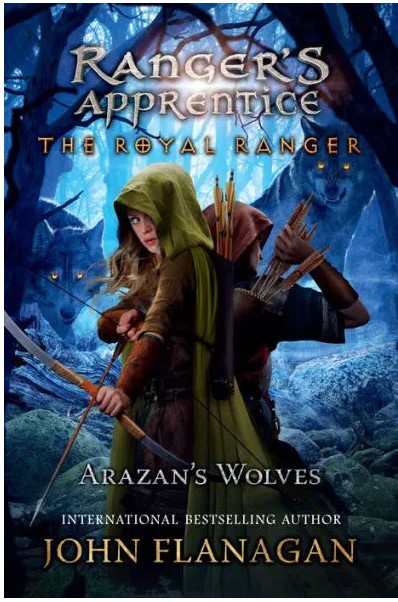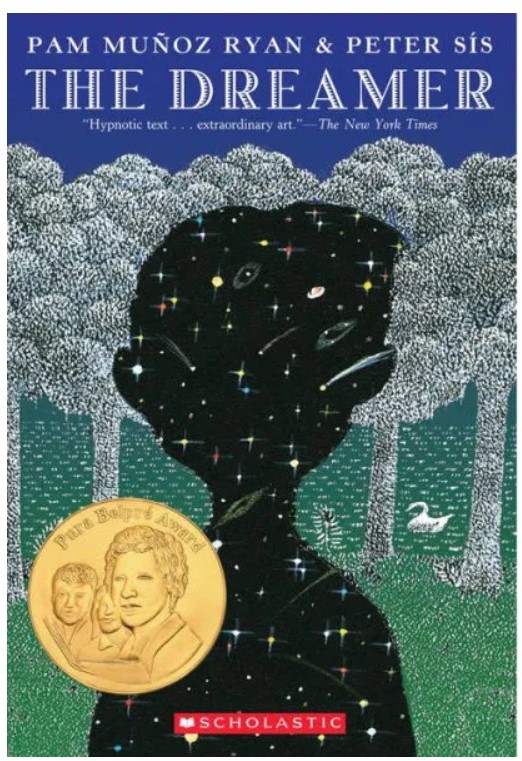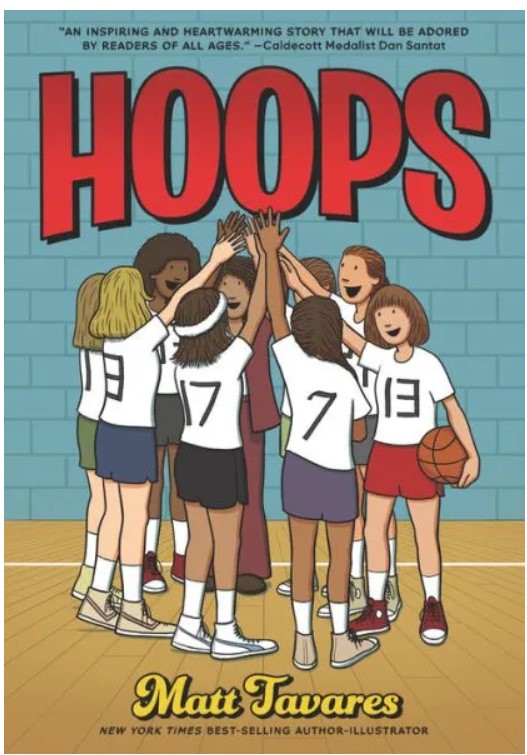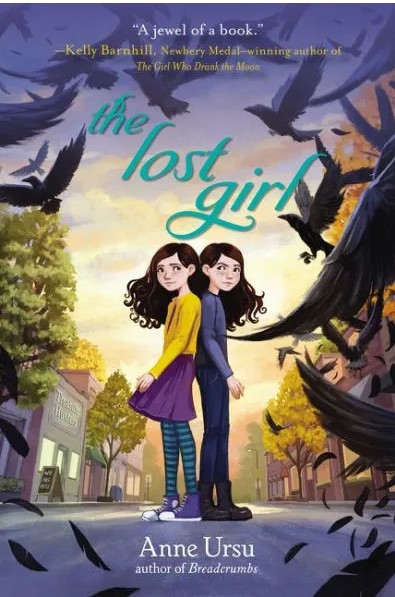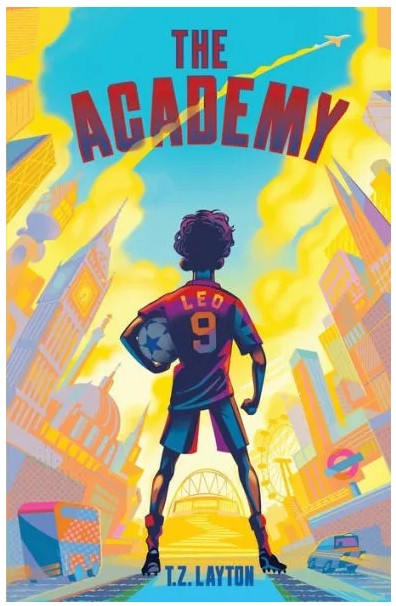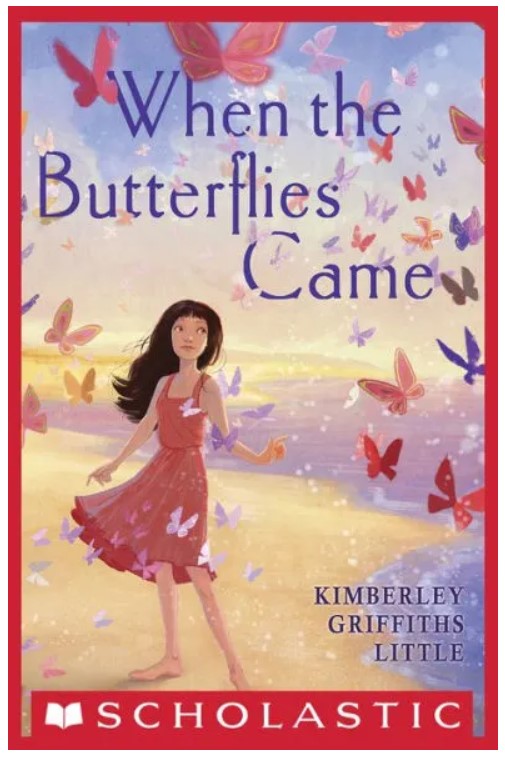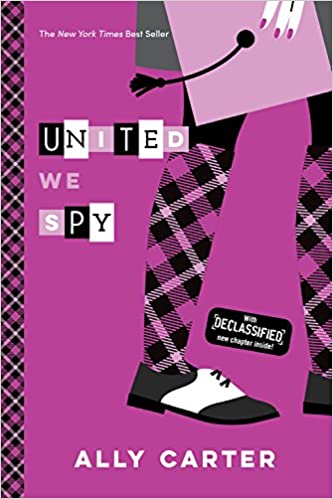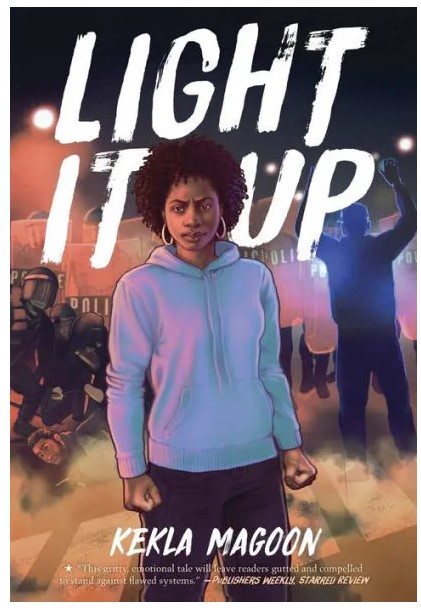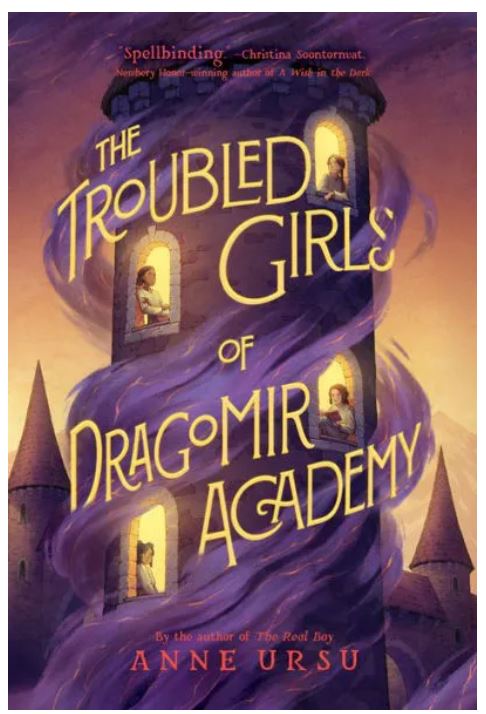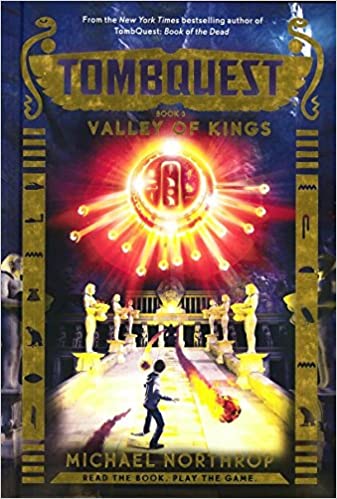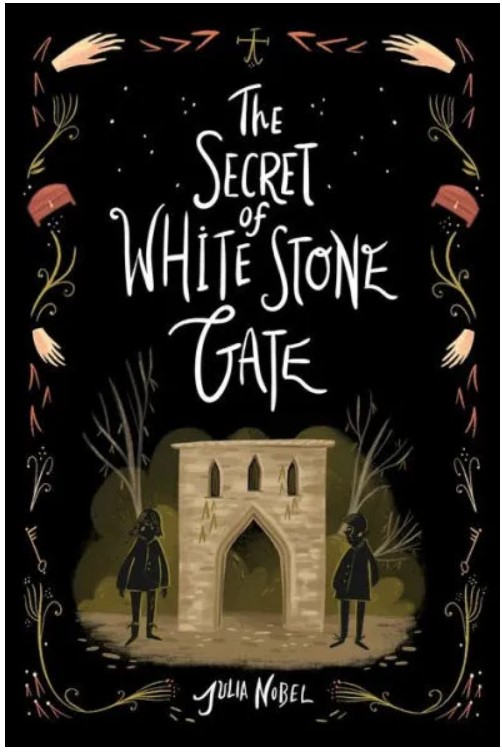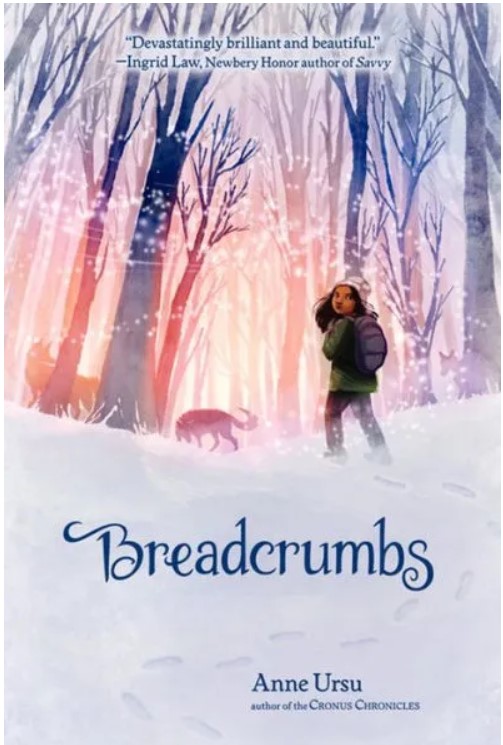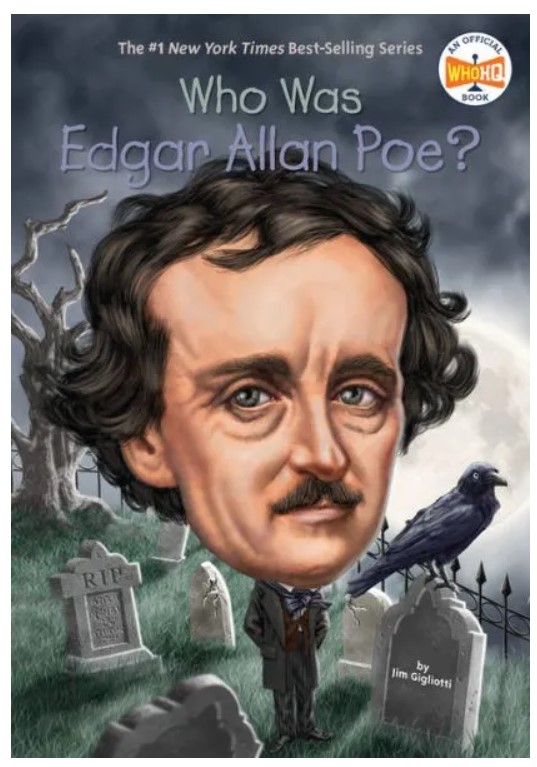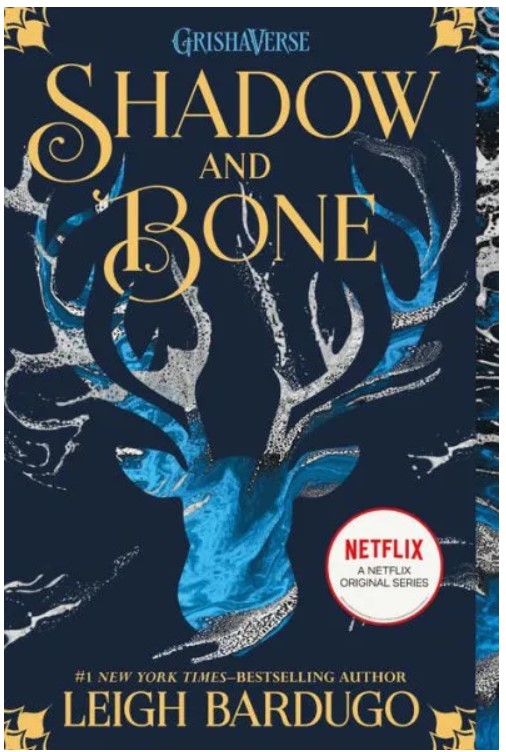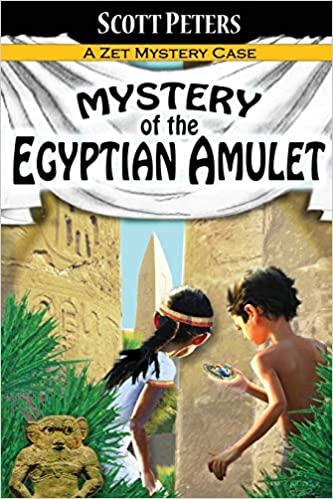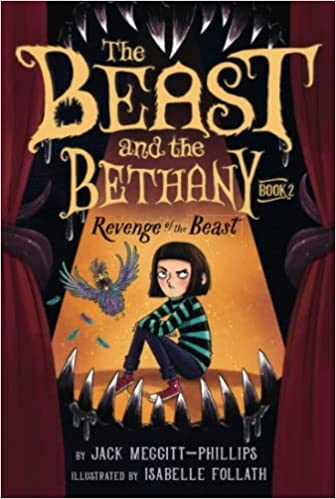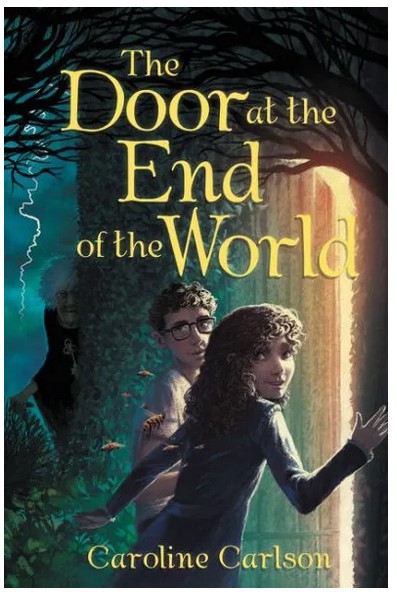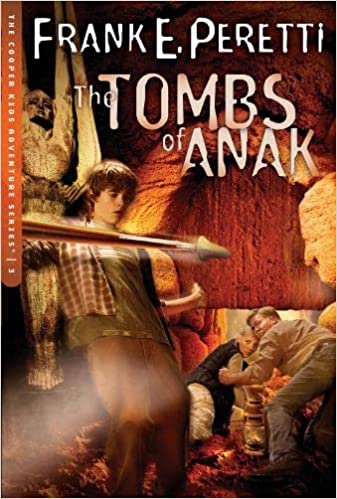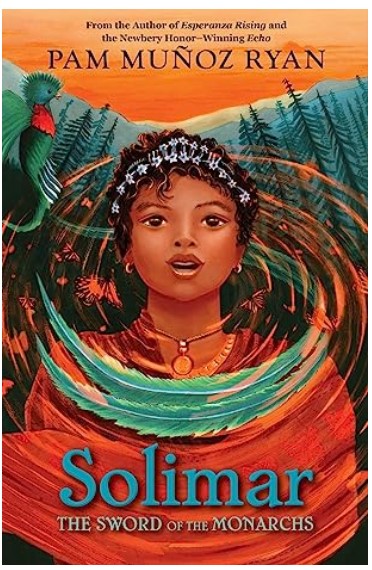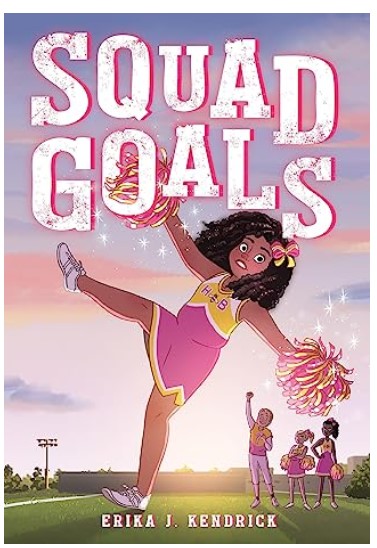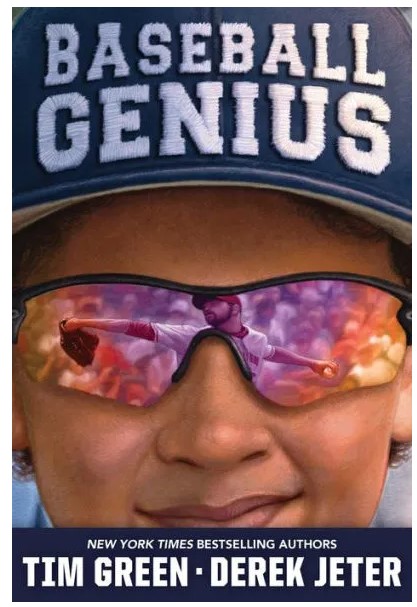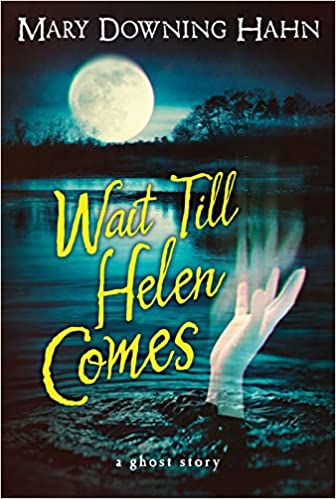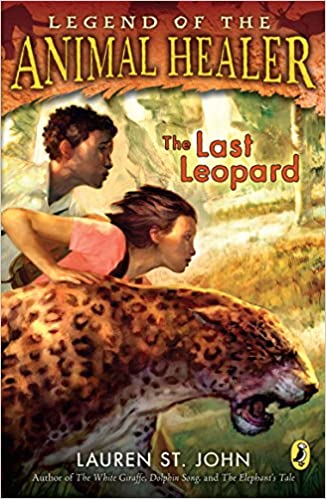When Maddie and Will get a message that dire wolves—huge misshapen changelings, much larger than regular wolves—have been marauding and attacking through the hills and valleys of Celtica, the Rangers are sent on a mission to unravel just who or what is behind these dangerous creatures.
Will isn’t anxious to return to Celtica, especially approaching the Rift. And as they travel, Maddie must grapple with their growing dealings with the spiritual and supernatural. But they are Rangers—and they will do whatever it takes to accomplish their mission.
After they receive some offers of help from locals, Will and Maddie learn the name of the sorceress behind these strange and dangerous attacks: Arazan. On the way to take her down once and for all, the Rangers must face dire wolves, Wargals, dark magic, and more. As Arazan’s desires have led her to the most evil of powers, Will and Maddie must form a plan of action that can outwit not just the sorceress, but the darkest forces from the beyond.
Arazan’s Wolves takes Will back to Celtica, where Will battled evil in The Burning Bridge. However, Will has no personal reflections about the previous events nor does he explain the significance of the places he returns to. Thus, the book misses an opportunity to show Will’s personal growth from a young man to a seasoned Ranger. Because of this, readers unfamiliar with The Burning Bridge will not understand how the two books—Arazan’s Wolves and The Burning Bridge—connect.
Readers who love The Royal Ranger Series because of the action and adventure will be disappointed. Much of the book describes Will and Maddie’s travel to Celtica, which lacks excitement. Along the way, they don’t interact with anyone of significance other than Eveningstar, whose character lacks depth. Eveningstar, despite having magical powers, does little to aid Will and Maddie. Instead of adding interest to the story, Eveningstar leaves the reader questioning her motives and why she didn’t try to defeat Arazan herself.
Unlike the previous books in The Royal Ranger Series, Arazan’s Wolves includes acts of magic such as summoning demons, pentagrams, and telepathic conversations. This deviation from the action and adventure may take readers by surprise. To make matters worse, for the first time, Will kills a Wargal, not out of necessity, but in order to instill fear in the other Wargals. This is so out of character for Will that some readers may be upset by the events.
Unfortunately, Arazan’s Wolves has too many plot holes, lacks character development, and includes random supernatural elements. All of this adds up to a story that will disappoint many fans of The Rangers Apprentice Series. Readers ready to move on to another epic adventure should read Rise of the Dragon Moon by Gabrille K. Byrne, The Explorer Academy Series by Trudi Trueit, and The Underland Chronicles by Suzanne Collins.
Sexual Content
- None
Violence
- A direwolf attacks three brothers. The two younger brothers run, but Owen—the oldest—has difficulties. “His joints were stiff. His muscles were sore and weary after a day of hard labor in the fields. He heard the quick rush of the dread creature behind him as it bounded in pursuit, heard its feet growing closer, claws scrapping and rasping . . . Ahead of him Dai and Gryff heard a long, drawn-out scream from their older brother as the direwolf ran him down, dragging him to the ground. Then the screaming stopped.”
- A group of thieves block a road in order to steal from people passing by. They try to stop Will and Maddie, so Maddie uses her sling. “The self-styled guardians of the road heard a brief whizzing sound, then a loud CLANG! as the lead slug slammed into the center of the helmet, just above the nasal. The swordsman staggered back . . . then fell.” Will makes the thieves take off their shoes and clothes before they flee.
- A Celtic minder who speaks out against Arazan (a suspected sorceress), ends up dead. “One morning he was found in his cottage, sitting at his table, eyes wide-open and dead as a stone. There wasn’t a mark on him.” The villagers assumed Arazan killed the man.
- As Will and Maddie are traveling, a direwolf attacks. “A huge shape appeared at the top of the rock wall to their left and launched itself at Will, snarling and snapping as it came. . .” Will’s horse, Tug, doesn’t panic and instead, “he swerved and bounded sideways toward the attacker, moving under its leap. . . Its jaws, ready to tear Will’s throat and upper body, snapped harmlessly at empty space. . .”
- During the attack, Tug fights back. The horse “swung around and delivered a thundering kick with his hind legs. . . His iron shod hooves crashed into the wolf’s side, cracking three ribs and hurling the huge animal across the clearing to smash into the rough rock wall behind it.” The wolf tries to flee, but the horse Bumper “smashed into the wolf’s muzzle, lacerating the skin and breaking bone beneath it.” The fight between the direwolf and the horses is described over three pages.
- While searching for Arazan, Will and Maddie are surprised by Wargals. “As the three beasts began to charge forward. . . the two bows came up and each of them snapped off a shot. . . Both shots went home, and the two Wargals tumbled onto the sand track.”
- The third Wargal tries to run, but “he screamed in pain as Will’s second shot struck home on the lower leg, causing him to stumble.” The Wargal runs but is followed by Will and Maddie.
- At one point, the Wargal “switched tactics and he turns to attack Maddie with his spear. He lunges at Maddie several times and is able to disarm her. The Wargal “bared his fangs again and uttered another blood-chilling snarl. . . He drew his spear back for one final lunge. Then jerked forward, a look of surprise replacing the triumphant snarl on his face as Will’s arrow slammed into his back. . .” The Wargal dies, but Maddie is uninjured. The scene is described over three pages.
- Will and Maddie hide from a group of Wargals. As they pass by, Will “drew back and released, before freezing to the side of the rock once more. . . The speeding arrow slammed into the rearmost Wargal, sending him staggering forward with a cry of pain and shock.” The Wargal dies, but the others flee for their lives. Will lets them go because, “I want them frightened. I want them reluctant to search for us and ready to disobey Arazan.”
- As Will and Maddie get closer to Arazan’s hideout, they see direwolves. Will shoots one with an arrow. The arrow “slammed into the creature’s chest a second before Maddie’s shot reached its target. The massive impact threw the direwolf back onto its rear legs, rising its body off the ground and laid it open for Maddie’s arrow. . .” The two rangers look at the wolf’s body. “Its eyes were open and glazed, and its tongue lolled out of its mouth over the long, yellow canines.”
- Arazan calls up a demon named Krakotomal. The demon had “the body of a serpent, with huge, batlike wings covered in scales. And that dreadful, horrifying face, jaws open to reveal fangs like knives.” When the pentacle becomes broken, Krakotomal is able to attack Arazan. “She cowered back, but there was nowhere for her to go. Krakotomal was upon her in one sudden leap, folding his scaly wings around her and tearing her with the cruel claws on his powerful hind legs. . . Blood was flowing from several deep wounds in her legs . . .”
- After Arazan is injured, the demon tries to convince Will to allow him to go through the pentacle. However, Will shoots an arrow that “covered the few meters to Krakotomal in a heartbeat and struck the demon high on his body, punching through the scales that protected him and burying the silver warhead deep in his flesh.” As Will continues to chant the banishing spell, both the demon and Arazan disappear “leaving only a swirl of green smoke and the smell of burned sulfur behind them.”
- After Arazan disappears, her minion Marko attacks Will. During the fight, Will’s saxe knife “bit into the hard leather. . . penetrating easily through the leather and then the flesh behind it. Marko felt a savage flare of agony as the saxe went home. . .” Marko dies. The fight is described over two and a half pages.
- The last direwolf ambushes Will. “Then the wolf was upon him, driving him back with the force of the huge leap from the rocks, snarling and snapping in rage. . . Using the strength of both arms, Will pushed back against the wolf, forcing its head back away from him. . . It pulled back. . . and provided Maddie with a near-perfect target.” Maddie shoots and the arrow penetrates “deep into its mouth, then reaching further still, severing the spinal column where it reached the brain, killing the wolf instantly.”
Drugs and Alcohol
- Maddie and Will go into a tavern that serves ale. However, the two do not drink any.
- After seeing a demon, Maddie is upset and is given an herbal sleeping draft so she can sleep through the night.
Language
- When Will and Maddie kill two direwolfs, Will says Arazan will “only have one left, and thank Gorlog for that.” Gorlog is a Scandian god that is referred to in the Brotherband Series.
Supernatural
- Arazan is a necromancer who tries to make contact with the dead. According to rumor, Arazan “was conducting unholy rituals late at night. They said she was trying to raise the spirit of the Lord of Rain and Night.”
- Arazan uses dark magic to try to make contact with a demon.
- Eveningstar is a healer who knows how to use herbs, potions, spells, and the black arts. “For the past year or so, she’s been trying to keep Arazan and her vile creatures in check.” Eveningstar can also “conjure up a fog to confuse” others.
- Eveningstar uses magic to show Arazan’s behavior to Will and Maddie. Eveningstar “drew a circle in chalk on the flagstone floor . . . Then she handed each of them a bunch of fresh rosemary on a long leather cord, which she instructed them to place around their necks.” Eveningstar sets up a brazier and heats stones. Then she begins chanting, “Ikab bledsr rimanatof. Ibak nimendir bledsr.”
- As Maddie stares at the hot coals, “shapes began to appear inside the cloud.” Maddie sees a demon. “The serpent body is black, along with the scale-covered, batlike wings. . . [Its face] was black-green, with glowing, evil eyes and a fringe of broad, triangular spikes around its neck. As she watched in horror, it opened its mouth to reveal huge, blackened fangs set in multiple rows inside its jaw.”
- Eveningstar writes down incantations and gives them to Will. “One is a spell of banishment . . . and this one is a shielding spell, to conceal you. . .” Later, Will chants the spell, “Ikab jandlar remko. Ikab jandlar simet. Ikab jandlar, jandlar ikabl” and banishes the demon.
- In order for Arazan to control the demons, she needs silver. Eveningstar explains, “Ordinary weapons won’t harm him. But weapons made from silver will be deadly to him.”
- Rangers have a unique connection with their horses. This connection lets them communicate. Will explains, “If it’s in my mind, he knows.”
- When Will concentrates, he can contact Eveningstar (a sorceress) with his mind. The first time he tried, “he felt, rather than heard, a voice in his mind, like the silken touch of a spider’s web. . .”
- Eveningstar gives Will and Maddie rosemary to hang around their necks to ward off evil and to keep Arazan from using her mind to watch them.
Spiritual Content
- None
